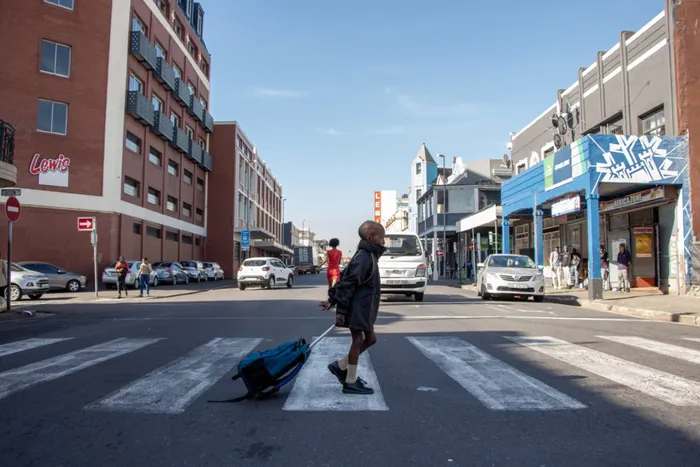Cape Town launches urgent call for ideas to overhaul road safety strategy

Picture: Julian Oldenburg for Young Urbanists South Africa
In response to the alarming road safety statistics that saw over 55,000 crashes and 700 fatalities, and 7,000 injuries in Cape Town in 2021, local organisations, Young Urbanists, and the Active Mobility Forum are throwing their weight behind an urgent call by the City of Cape Town to solicit public ideas for a comprehensive road safety strategy overhaul.
"A striking 60–70% of these fatalities are pedestrians, underscoring the urgent need for intervention to safer-designed streets. If we continue to design roads to look like the gun of a barrel, people will be speeding like bullets," warned Roland Postma, managing director of Young Urbanists.
With more than half of the victims under the age of 35 and an economic toll exceeding R5.4 billion last year, urgent action is imperative. The city's call focuses on three key themes: the safety of pedestrians and non-motorised transport users, passenger safety, and motorist safety.
To facilitate community participation, a specialised template has been developed for Theme 1 – Road Safety for Pedestrians and Other Non-Motorised Transport users. The deadline for idea submissions is December 10.
Community engagement is seen as a vital step in reshaping the Traffic Calming policy.
"We urge the public to use this new tool by the city to tell the city what safer streets look like for our children, for cycling and public transportation. We need a complete revamp of the Traffic Calming policy, and this public process is the right tool to do so," emphasised Sindile Mavundla, Bicycle Mayor of Cape Town and the Active Mobility Forum.
Postma highlighted the national implications, stating, "Nationwide, road accidents are one of the leading causes of death and injury for children under 14."
He stressed the urgency of public engagement, noting that ideas submitted through this process could lead to tangible changes in policy and infrastructure, creating a legacy of safety for future generations.
To find out more, click here.
IOL